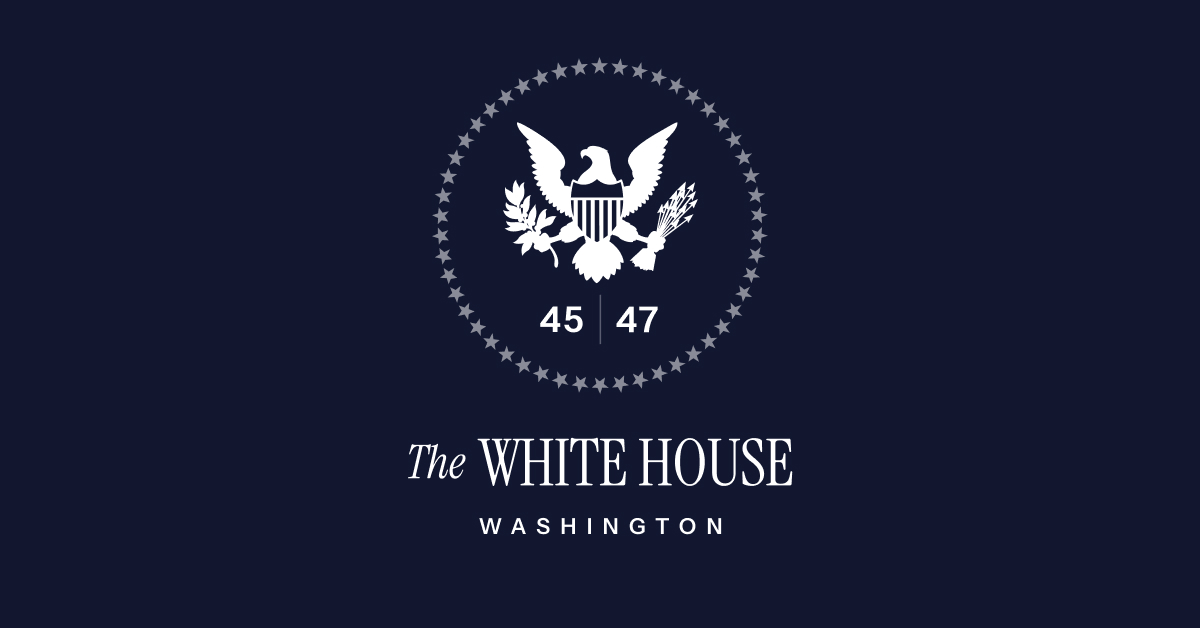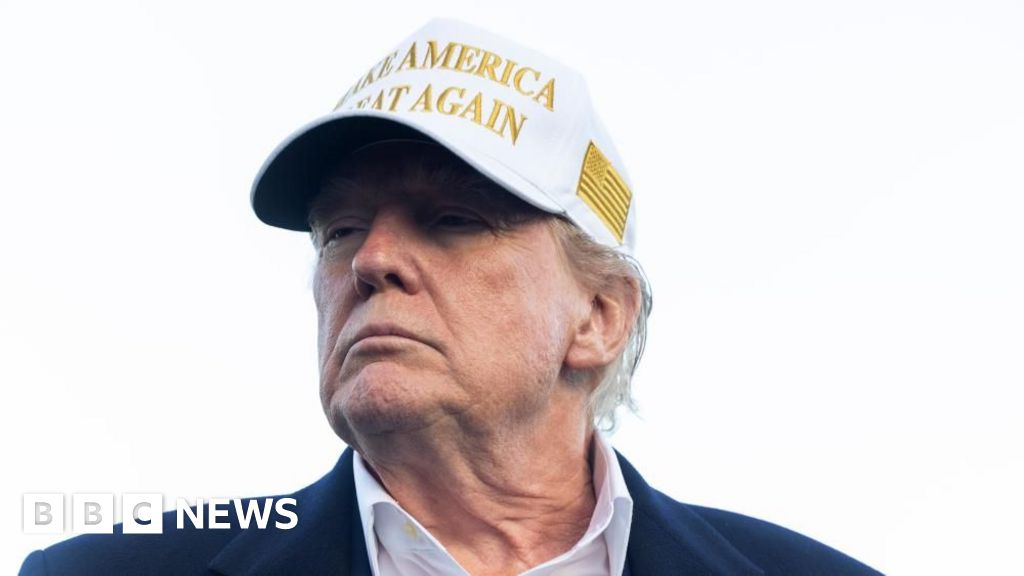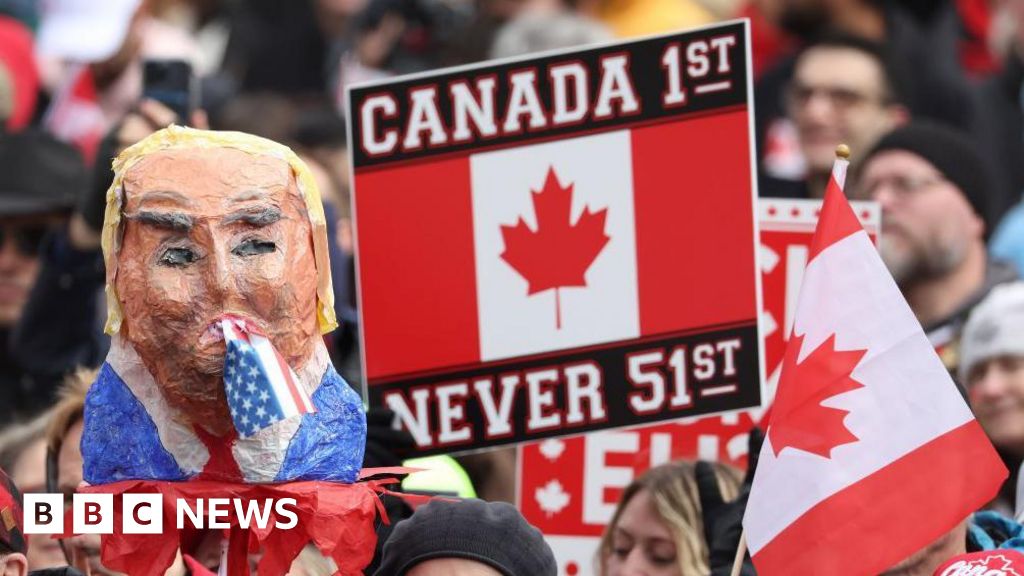Strengthening Law Enforcement: Presidential Order to Enhance Crime Prevention and Protection for Citizens

In a significant move aimed at bolstering law enforcement across the United States, the President has issued an executive order with the explicit goal of enhancing the capabilities of local and state police forces. This directive emphasizes the necessity of a robust and well-equipped police presence to ensure safe communities where innocent citizens can thrive. As articulated by the President, the administration is firmly dedicated to empowering law enforcement to effectively address criminal behavior while safeguarding the rights of citizens.
The executive order underscores a growing concern that when local leaders undermine the authority of law enforcement, crime rates tend to rise, adversely affecting innocent citizens and local businesses. To counteract this trend, the administration intends to implement a series of initiatives designed to optimize the operation of local police forces. This includes the establishment of best practices that will allow law enforcement agencies to enforce the law vigorously and protect the community without fear of unjust repercussions.
One of the key components of this order is the provision of legal defense resources for law enforcement officers who face unjust accusations or liabilities while performing their duties. The Attorney General is directed to create a framework that ensures these officers receive necessary legal support, potentially leveraging private-sector pro bono resources to assist them.
Furthermore, the executive order aims to enhance the operational capabilities of state and local law enforcement agencies. The Attorney General, along with heads of relevant executive departments, is tasked with maximizing federal resources to:
- Implement new best practices to empower aggressive policing against all types of crime.
- Improve training quality and accessibility for local law enforcement officers.
- Increase pay and benefits for officers to attract and retain talent.
- Strengthen legal protections for officers to ensure their safety and autonomy.
- Advocate for harsher penalties for crimes committed against law enforcement personnel.
- Invest in prison security and capacity.
- Enhance the collection and distribution of crime data across jurisdictions to improve law enforcement strategies.
Within 60 days of the order, a thorough review of existing federal consent decrees and agreements affecting law enforcement agencies will take place. The objective is to modify or conclude those measures that hinder effective law enforcement.
Another notable aspect of this order is the deployment of military and national security resources to support local law enforcement. Within 90 days, the Attorney General, along with the Secretary of Defense, will assess how military assets can be effectively used to bolster local crime prevention efforts. This may include providing training and non-lethal capabilities to law enforcement agencies.
Moreover, the Presidents order calls for accountability among state and local officials who may obstruct law enforcement activities. The Attorney General is mandated to pursue legal action against officials who unlawfully inhibit police duties, particularly those that jeopardize public safety. This includes addressing any discriminatory practices that may arise under the guise of diversity and inclusion initiatives.
Finally, the order emphasizes the use of Homeland Security Task Forces to coordinate the implementation of these initiatives effectively. In light of the challenges facing law enforcement today, this comprehensive approach aims to restore faith in police operations and ensure that communities across America can enjoy a safe and law-abiding environment once more.
As stated in the order, nothing within this directive should be interpreted as undermining existing legal authorities or functions of federal agencies. The Department of Justice is also instructed to allocate funding for the publication of this order in the Federal Register, ensuring transparency and compliance with federal regulations.
Signed by President Donald J. Trump, this executive order represents a pivotal step in re-establishing a strong partnership between law enforcement agencies and the communities they serve. The Presidents administration remains committed to fostering an environment where law enforcement can operate effectively, thus promoting safety and security for all Americans.
This order was officially released from The White House on April 28, 2025.

























